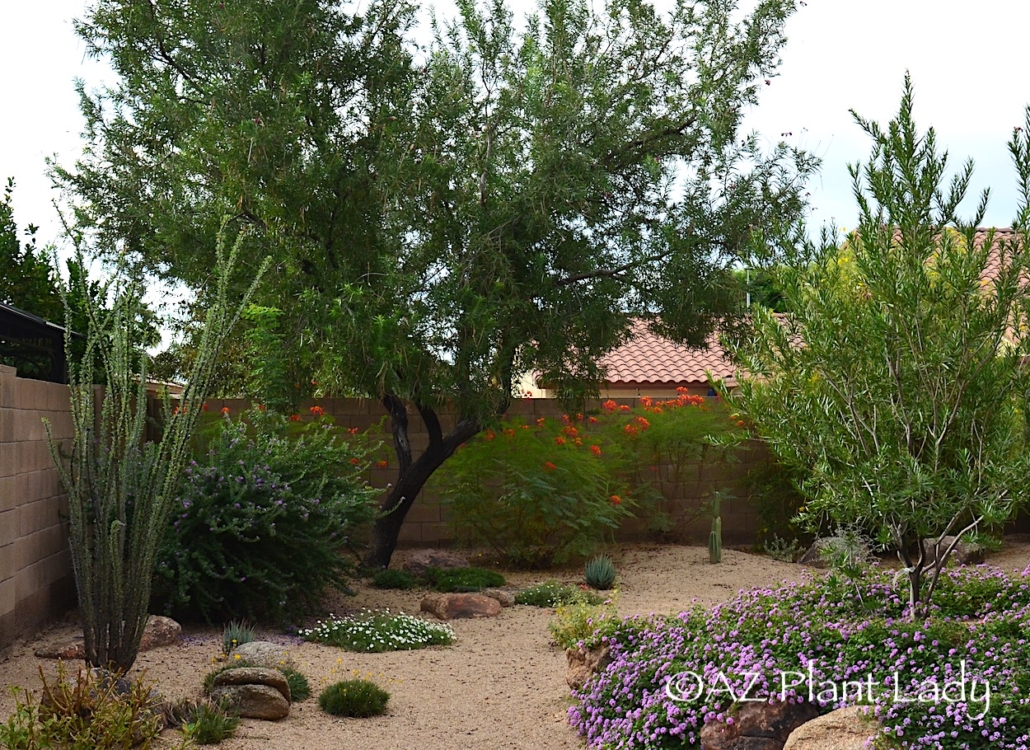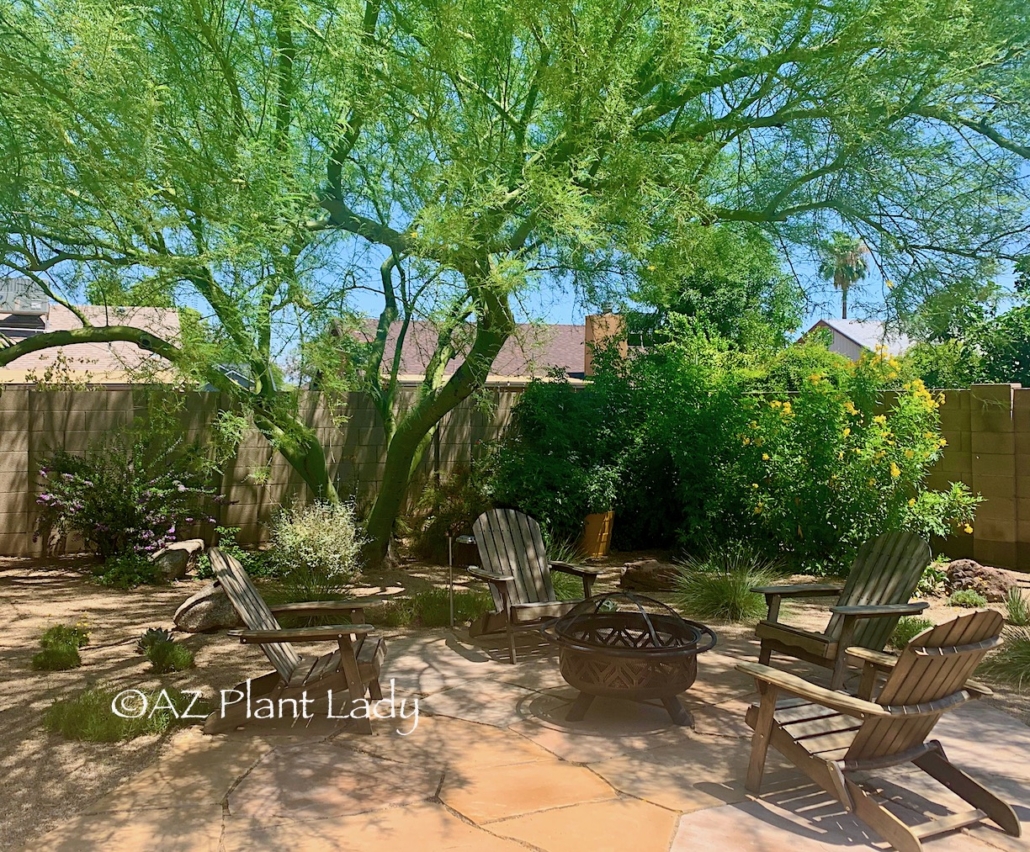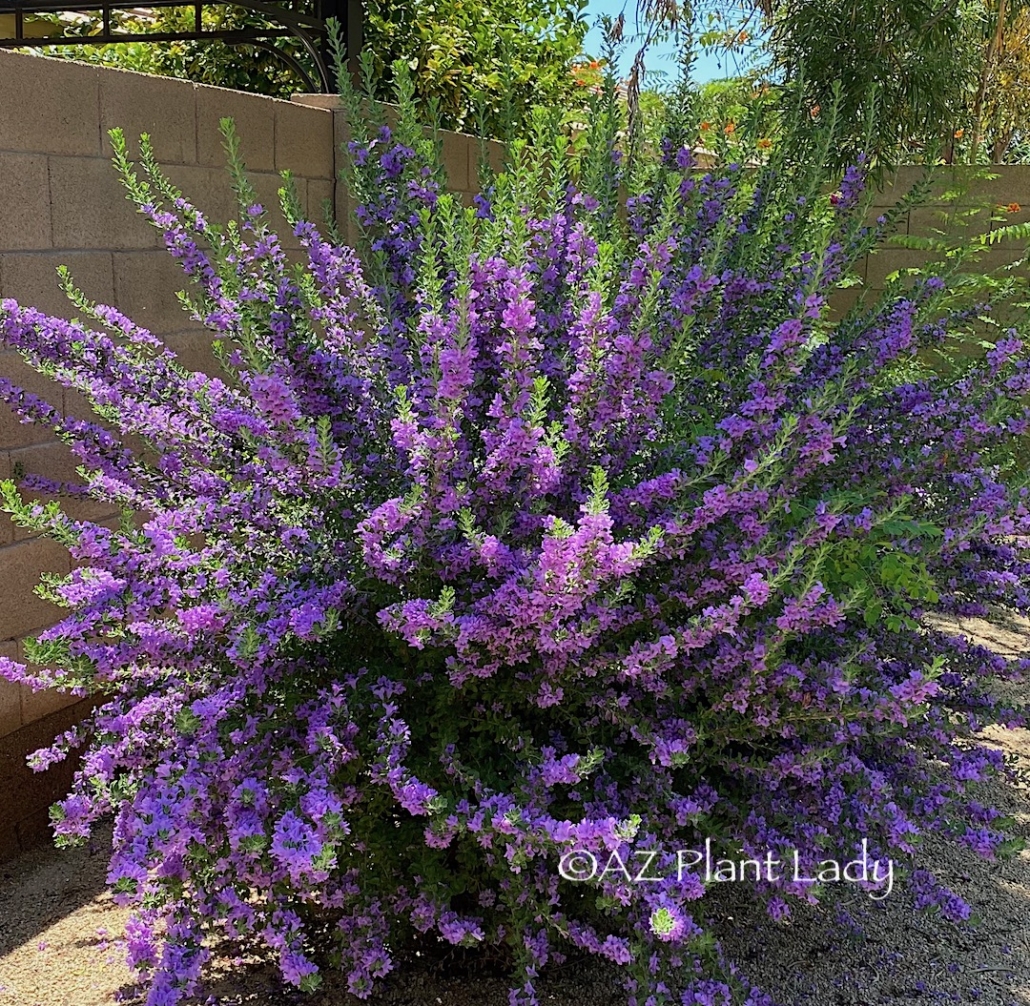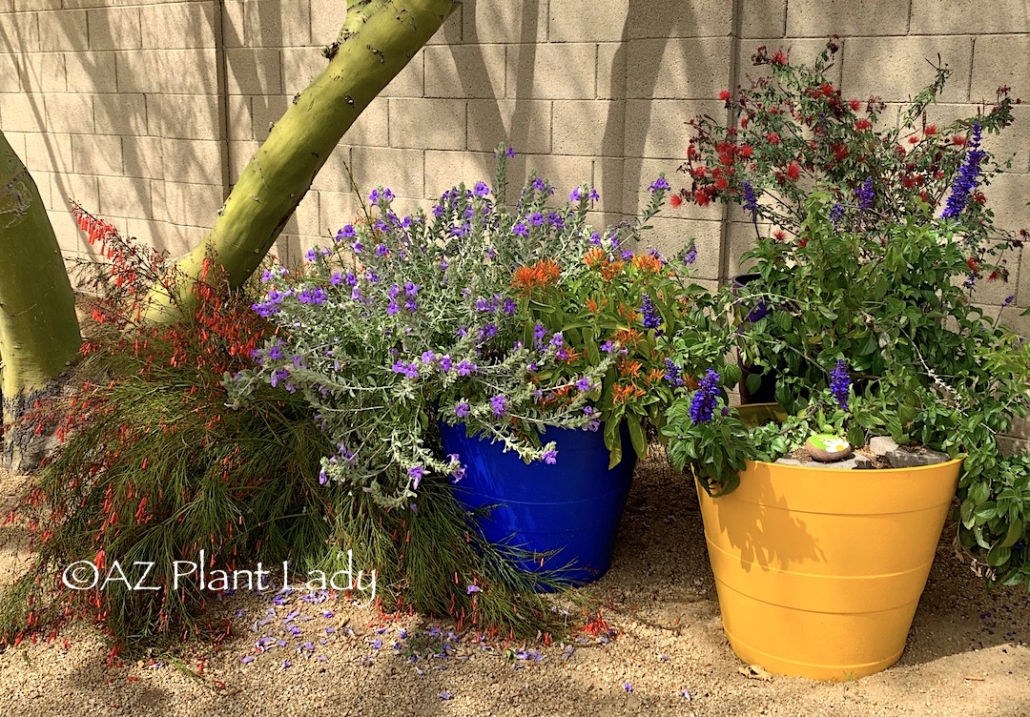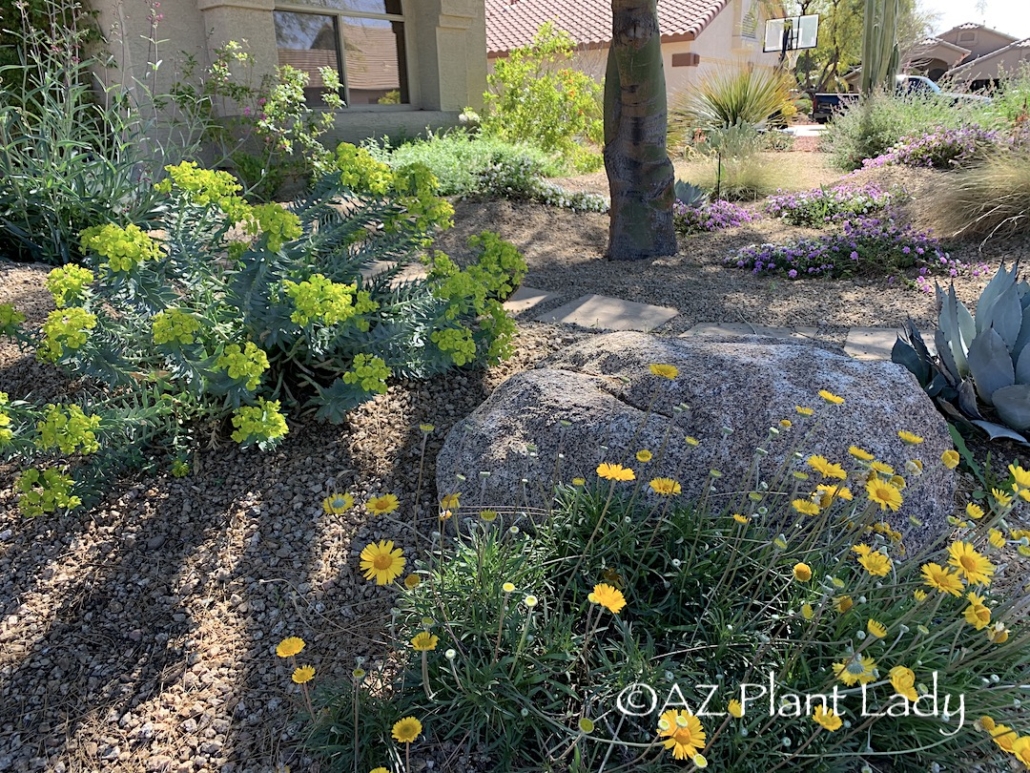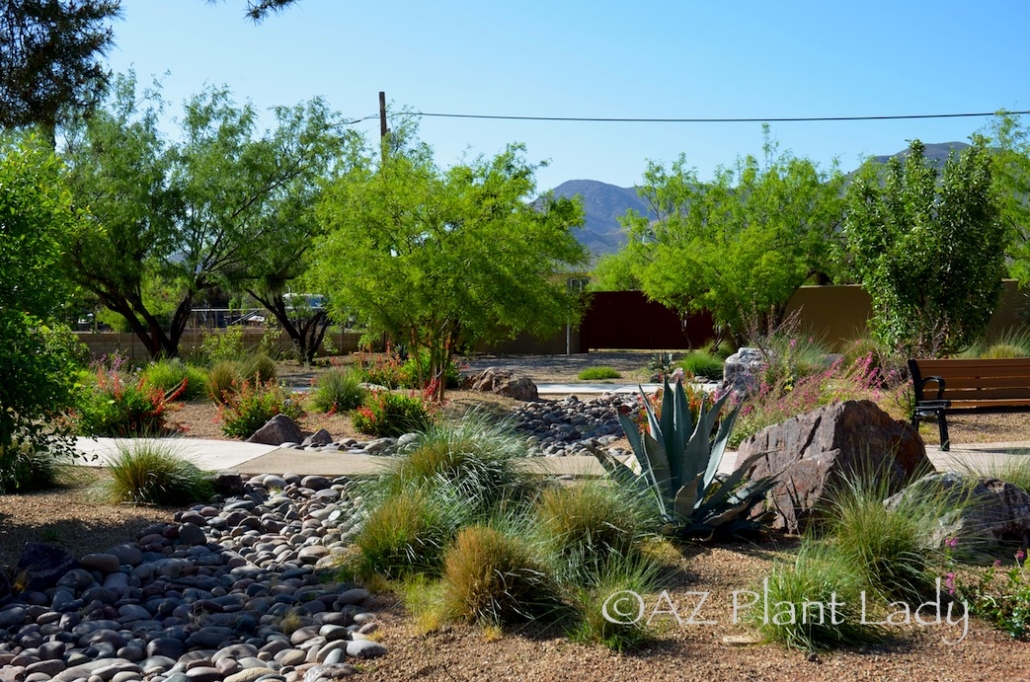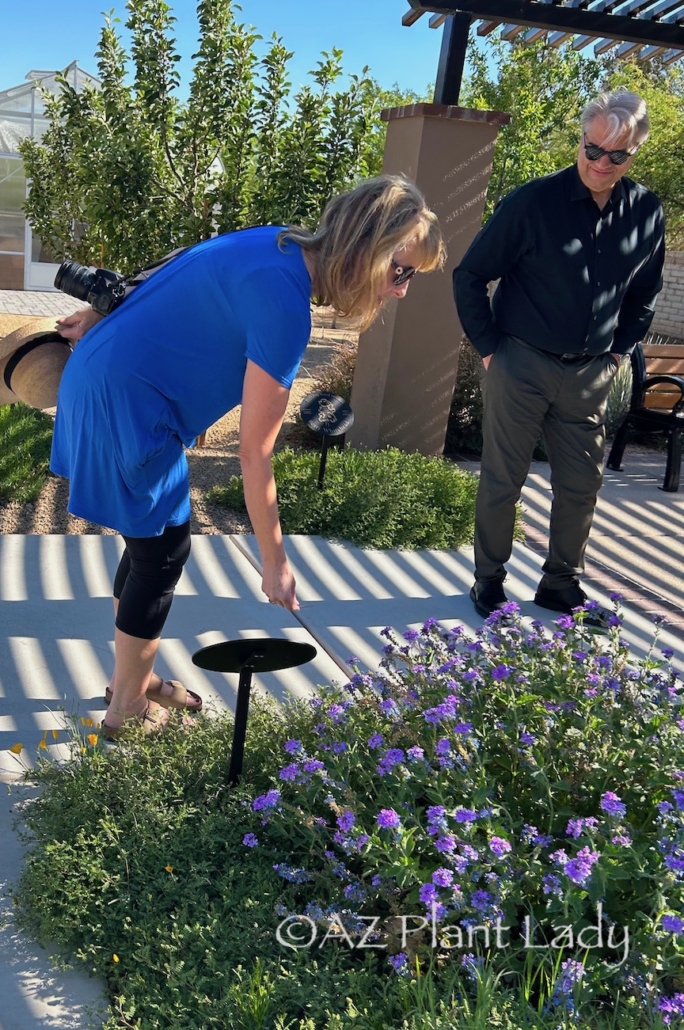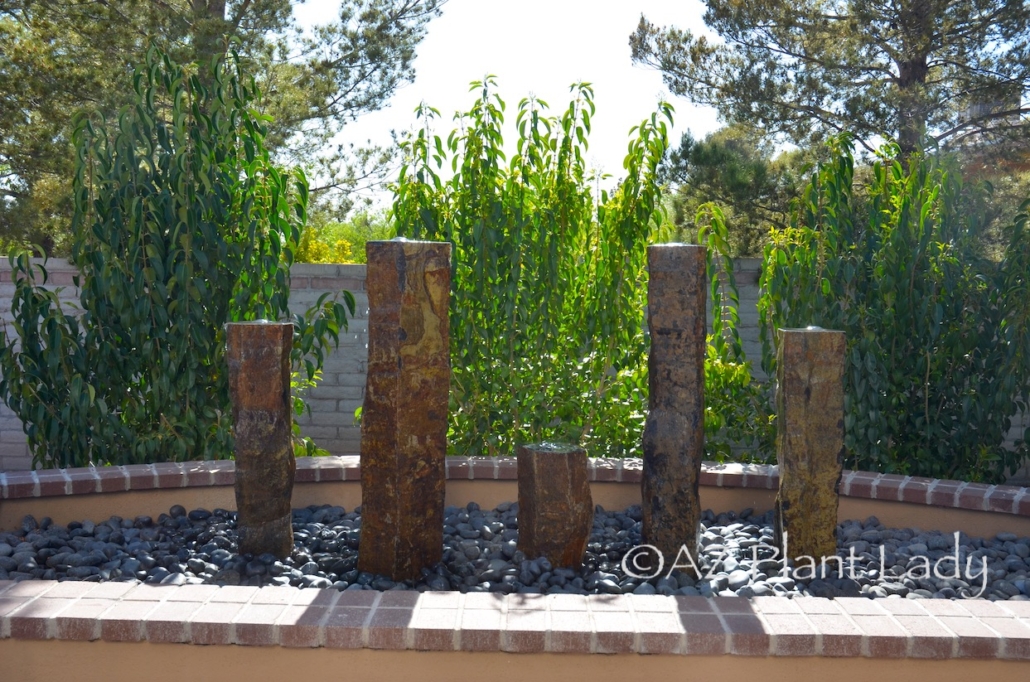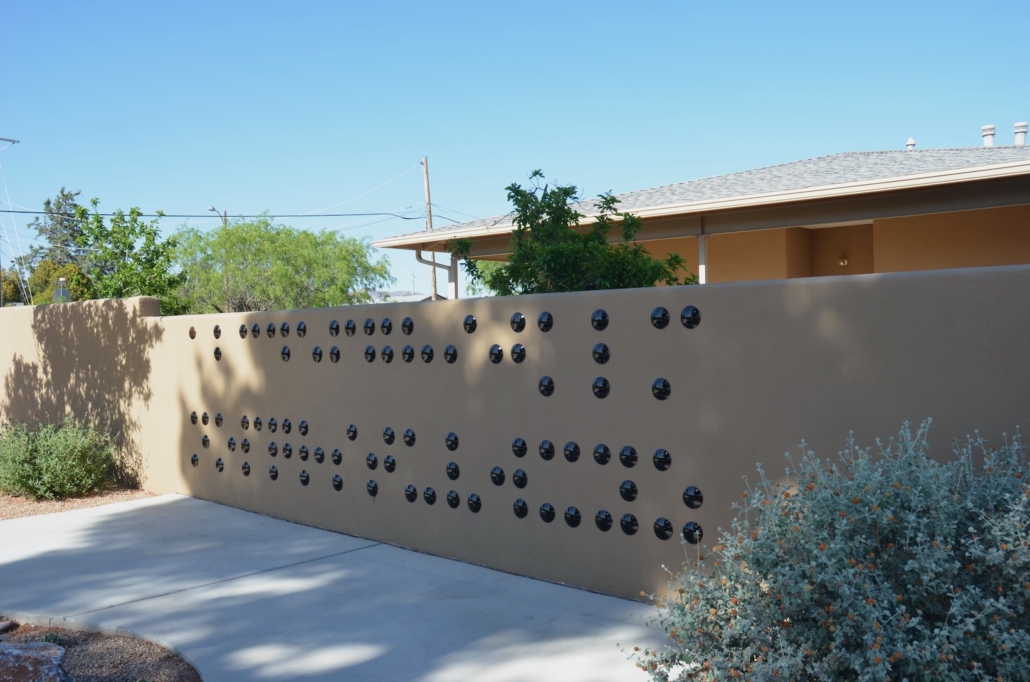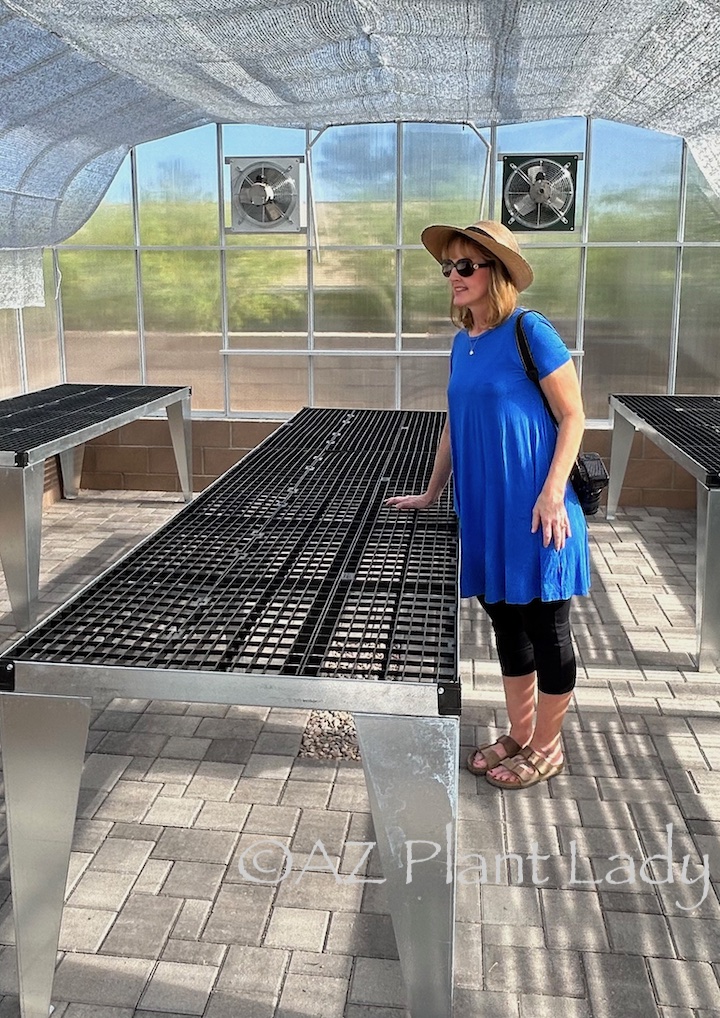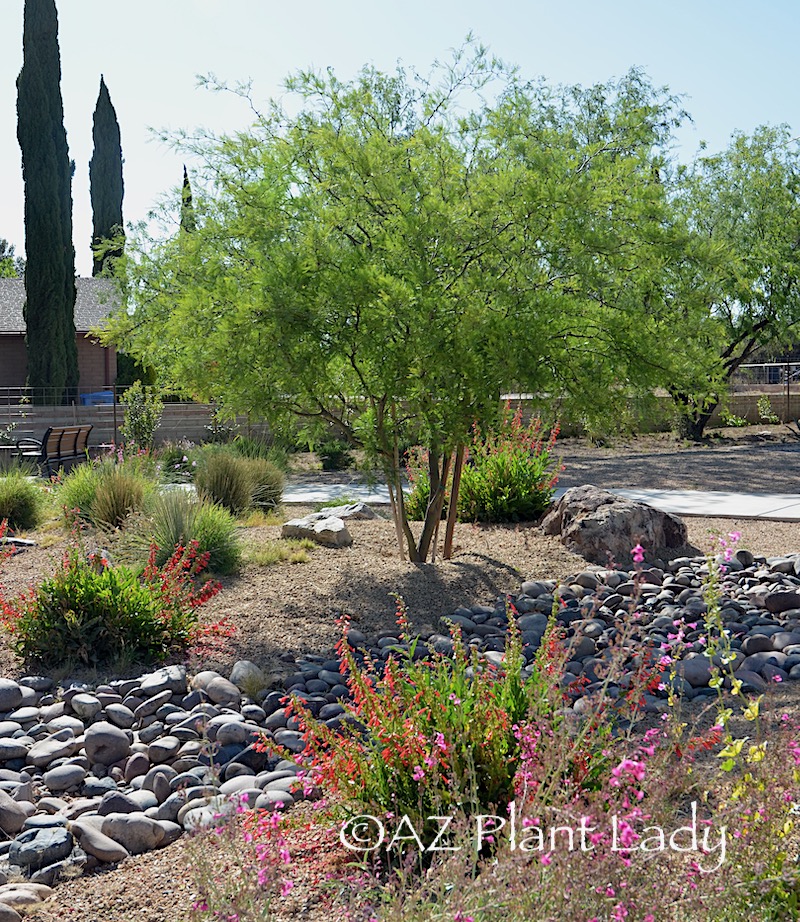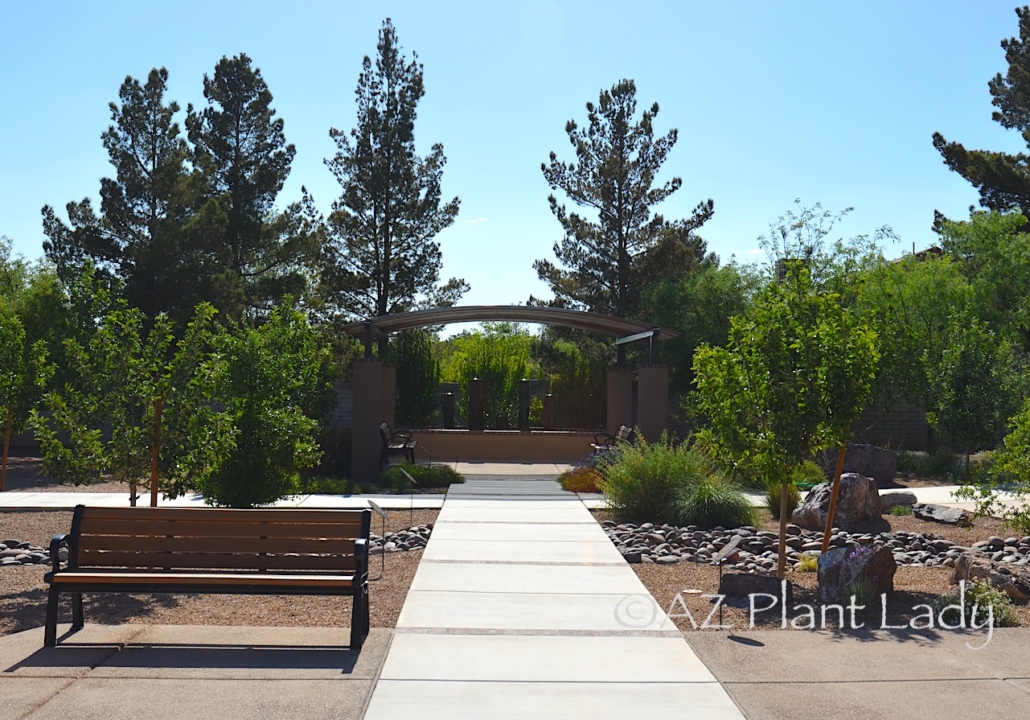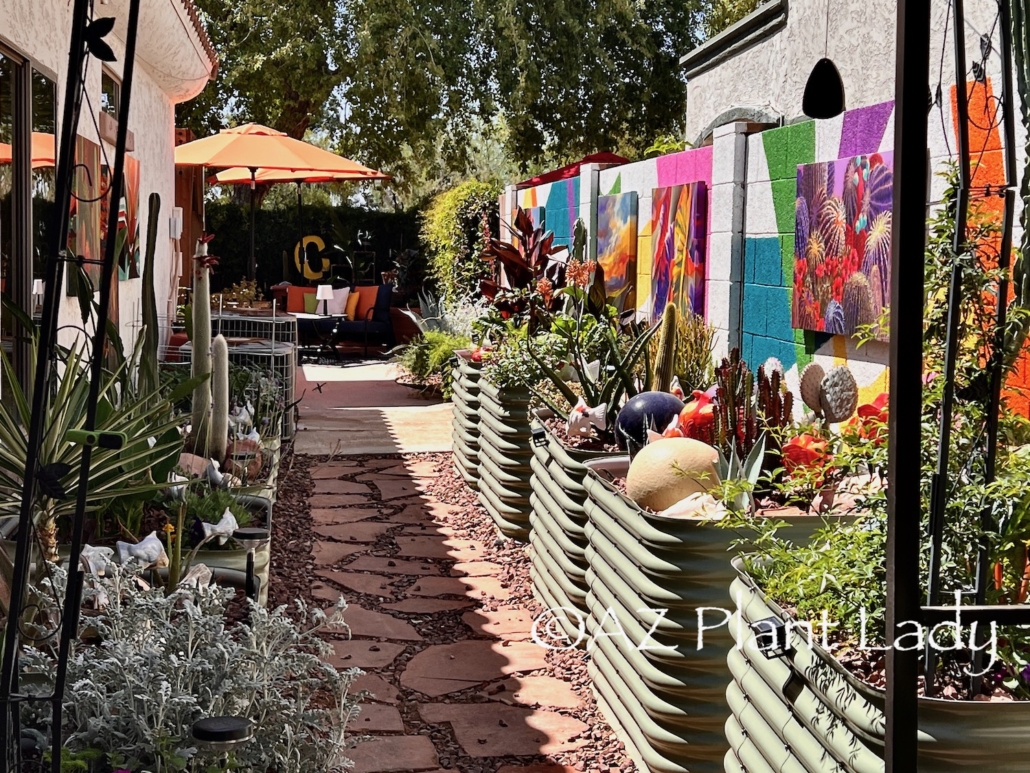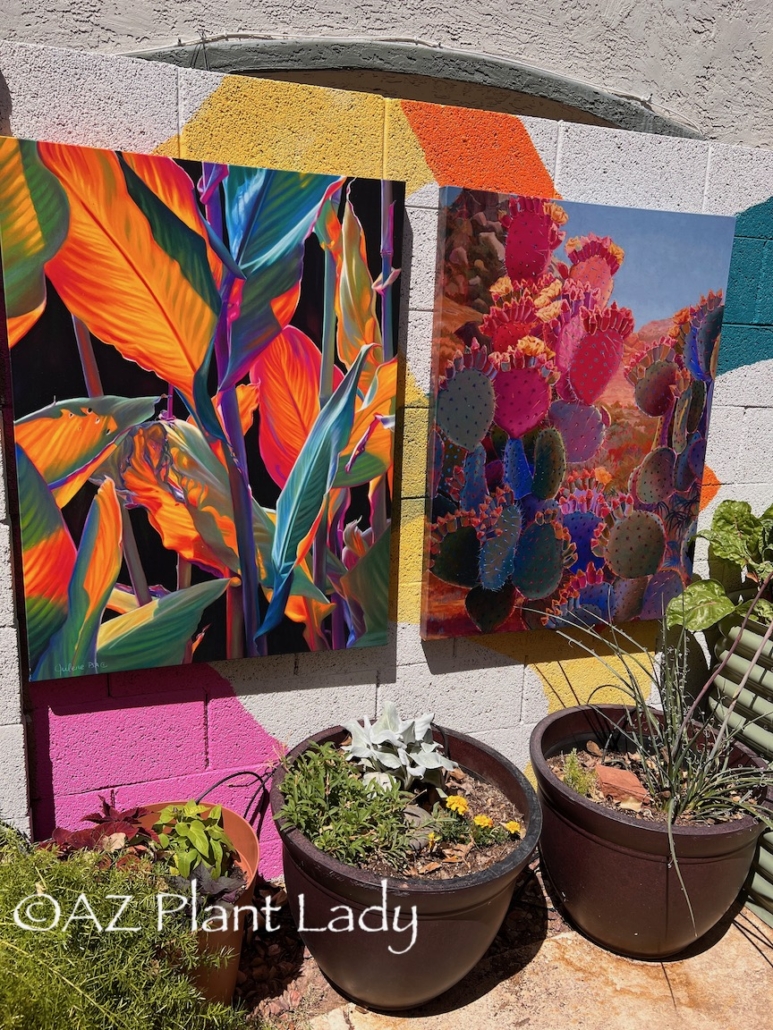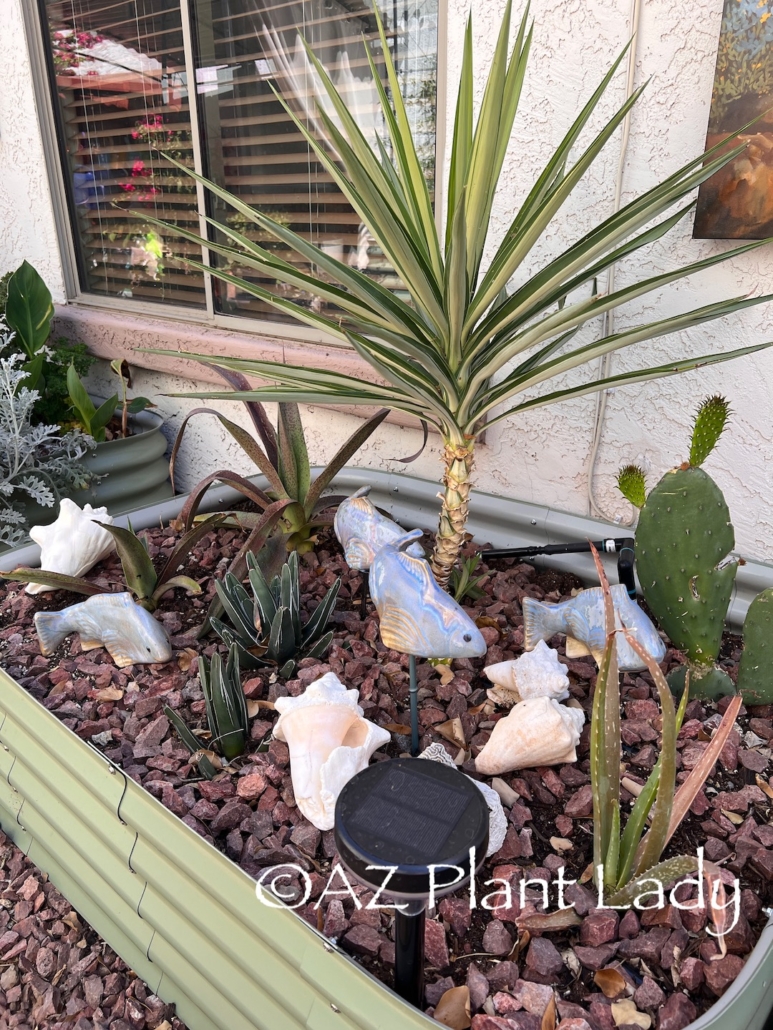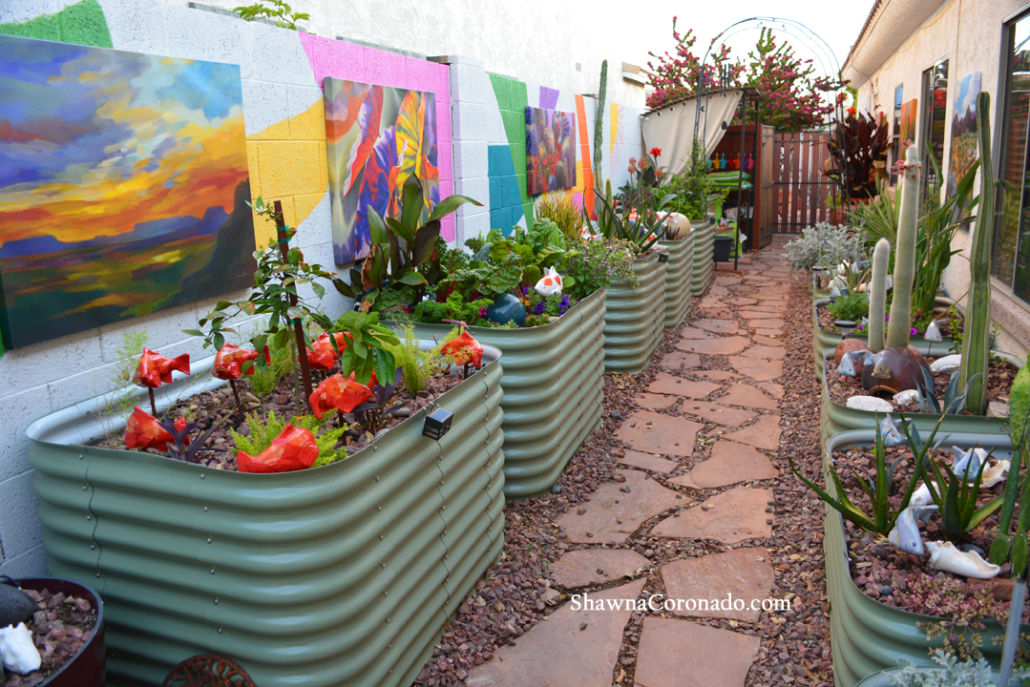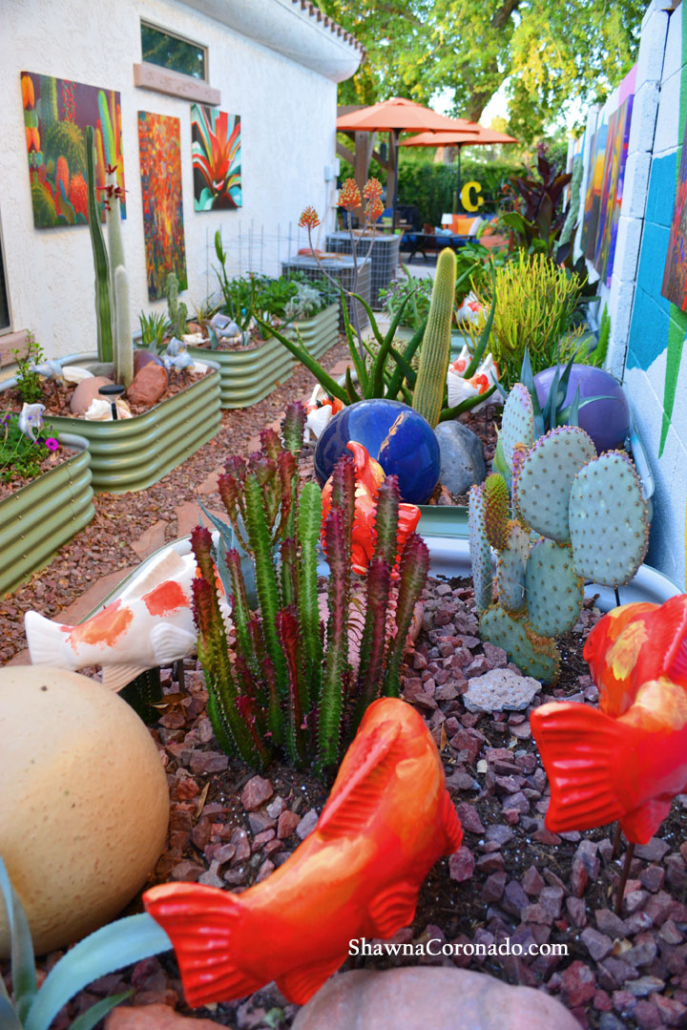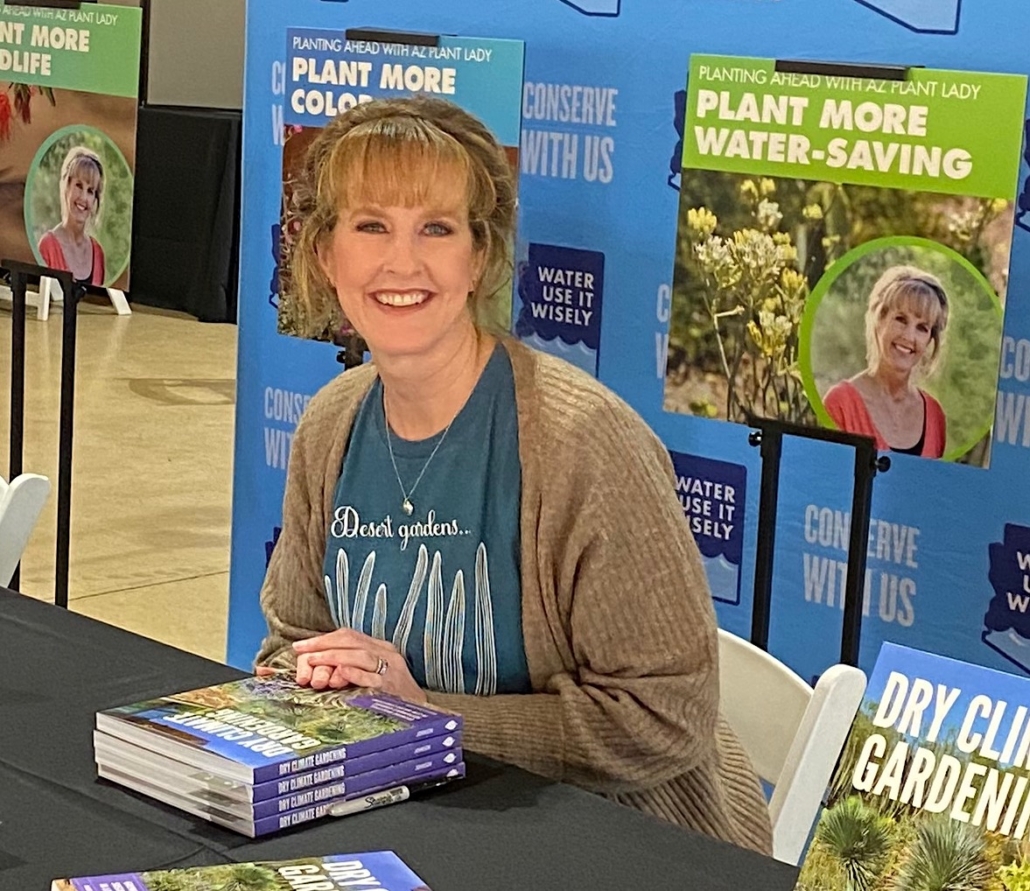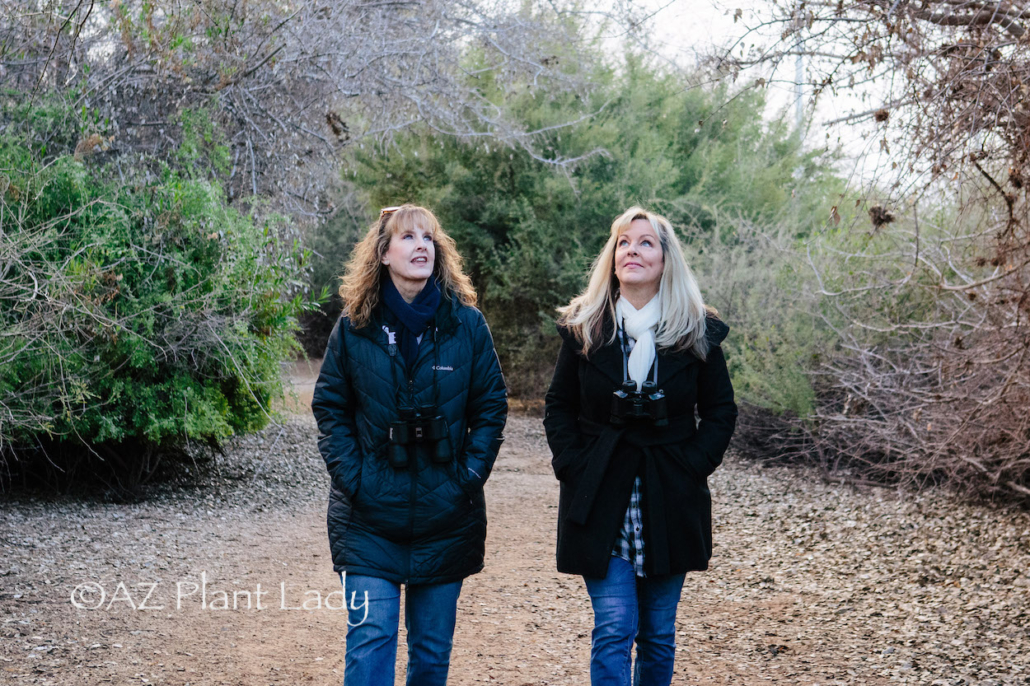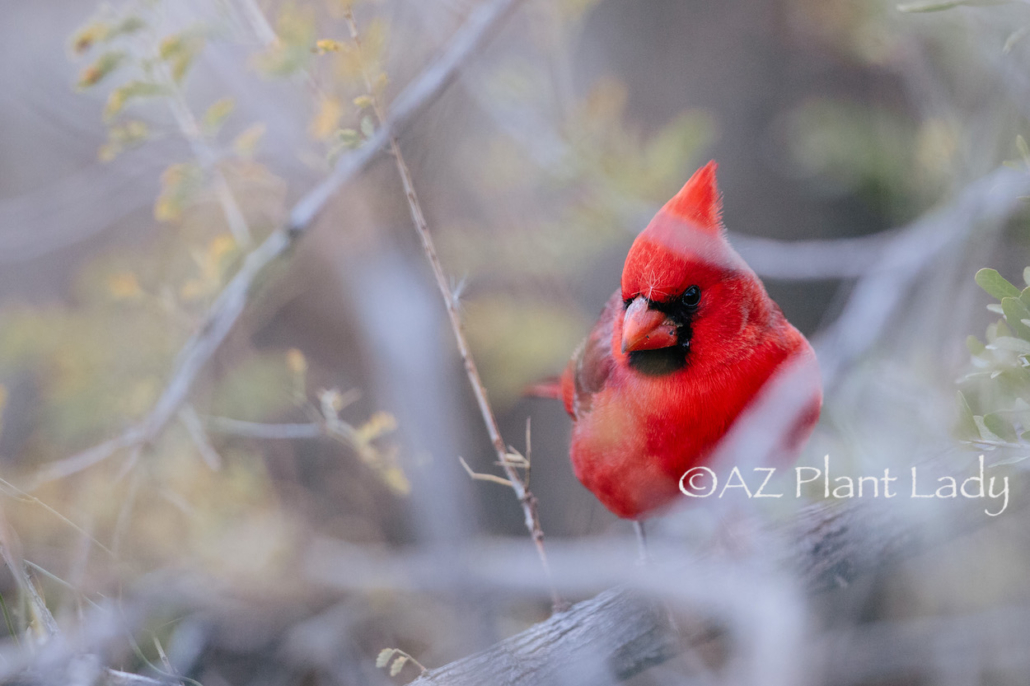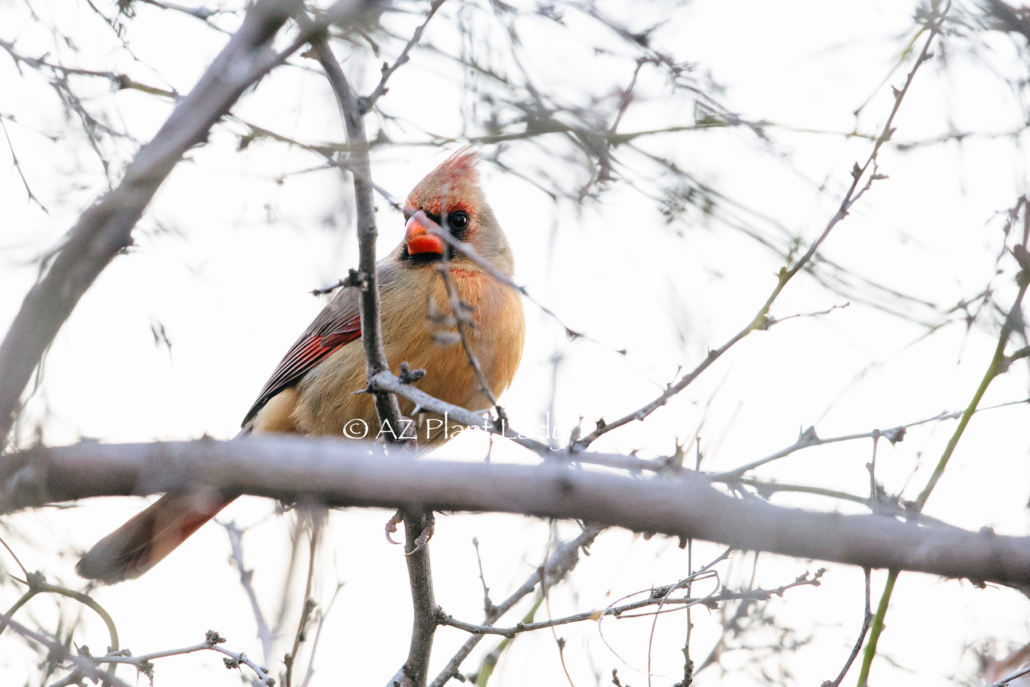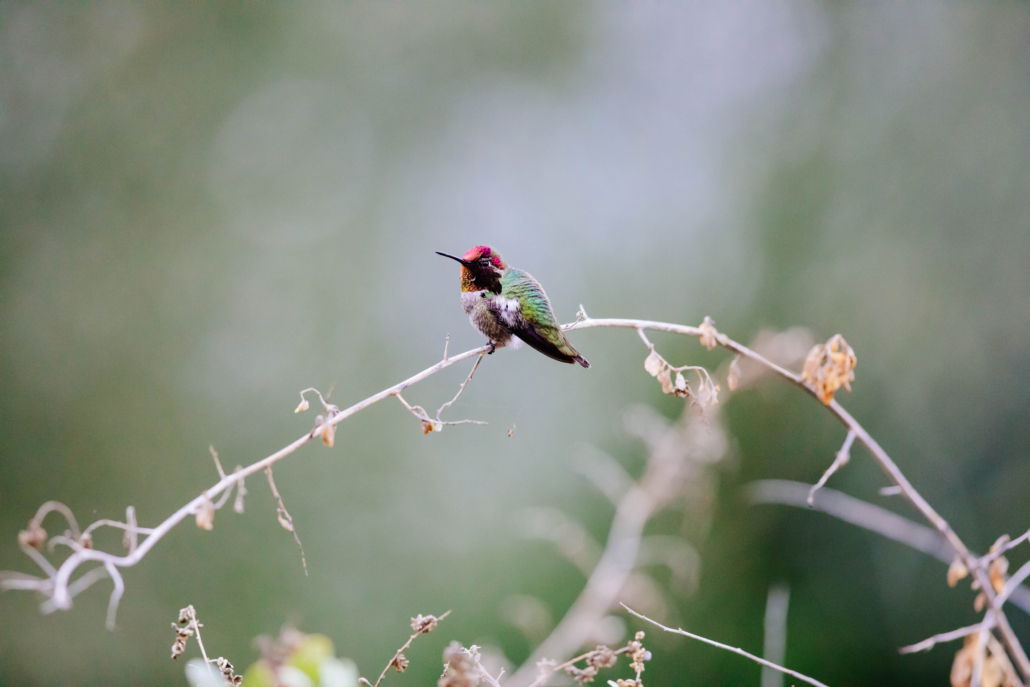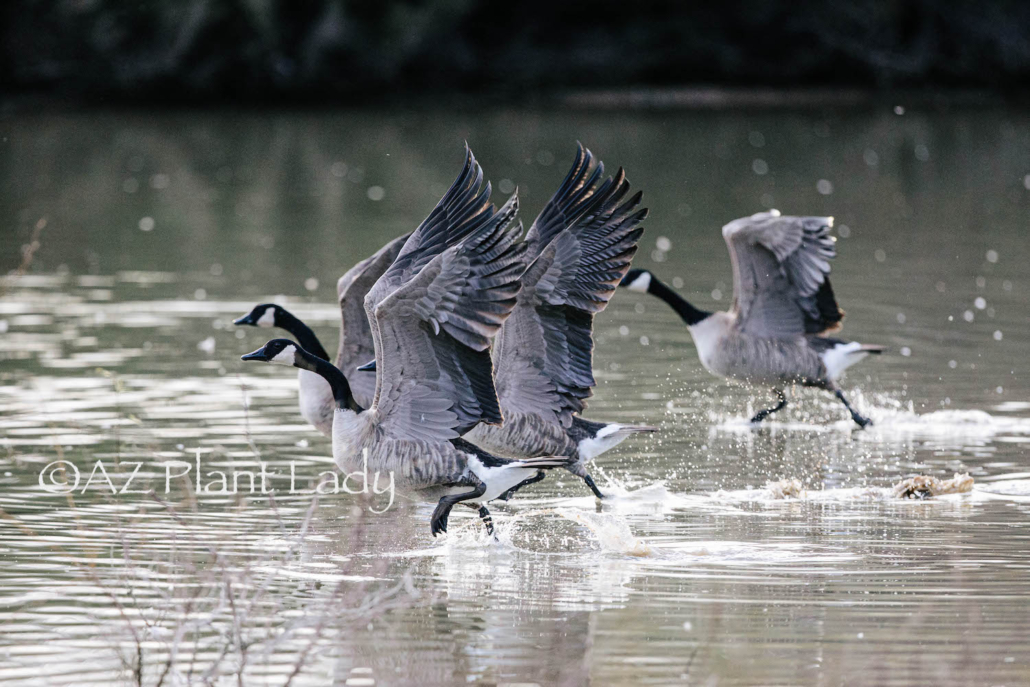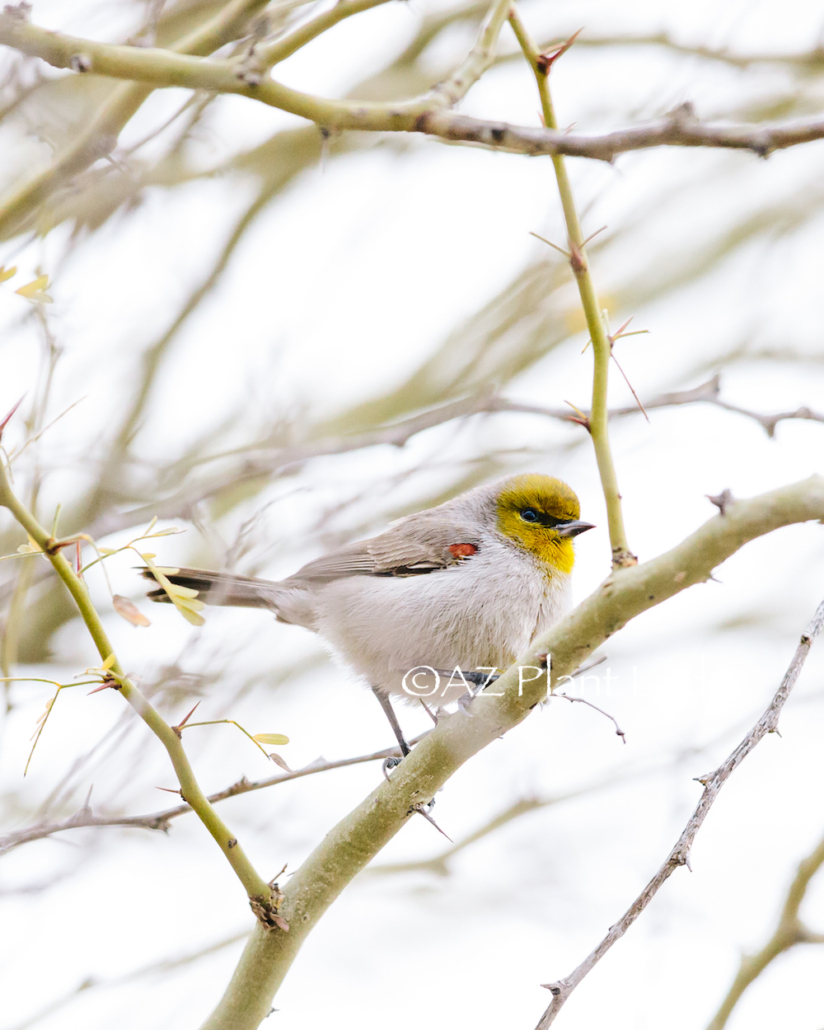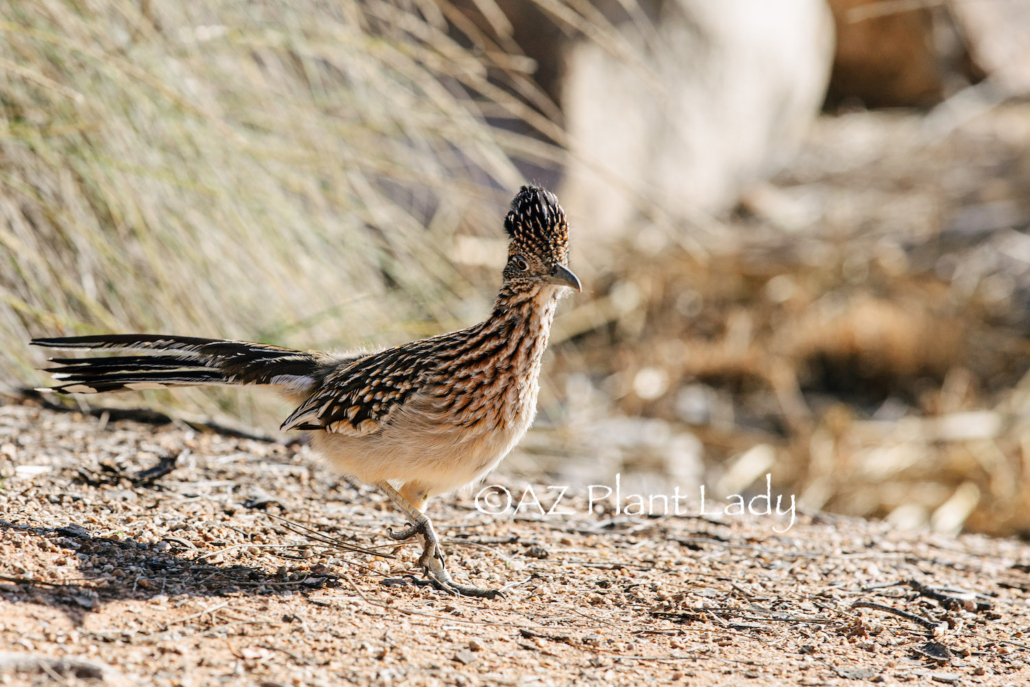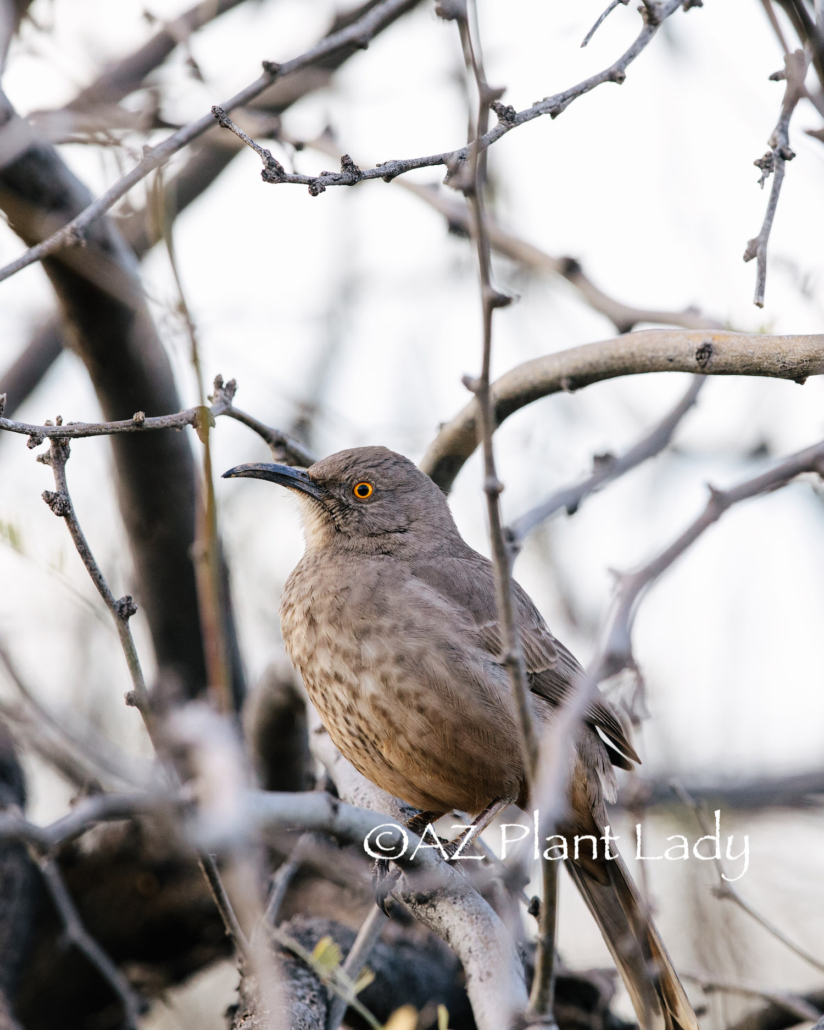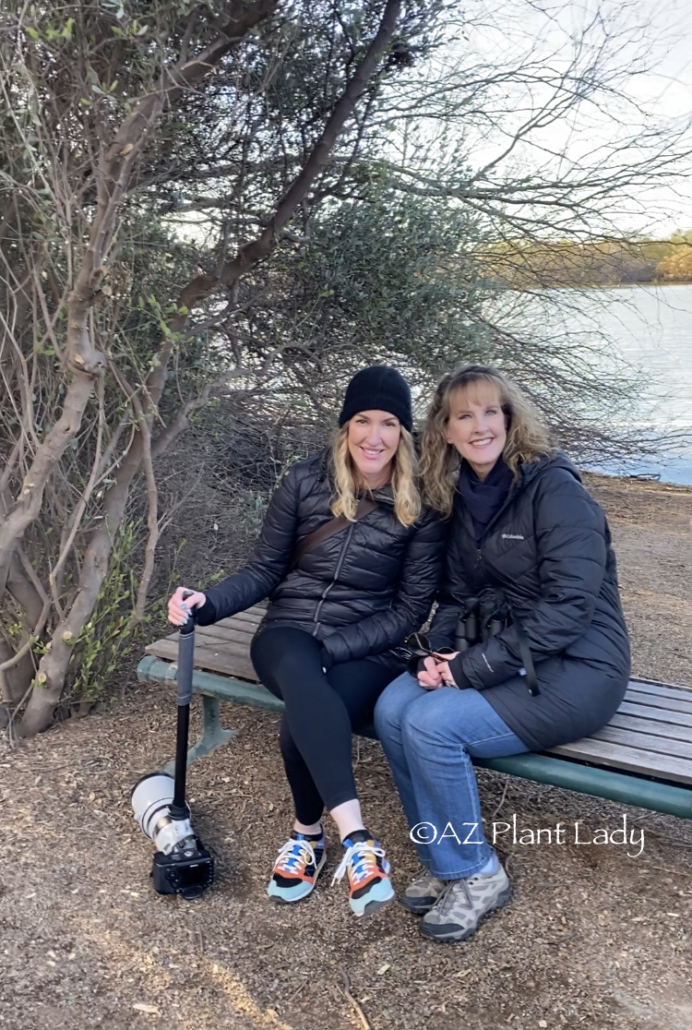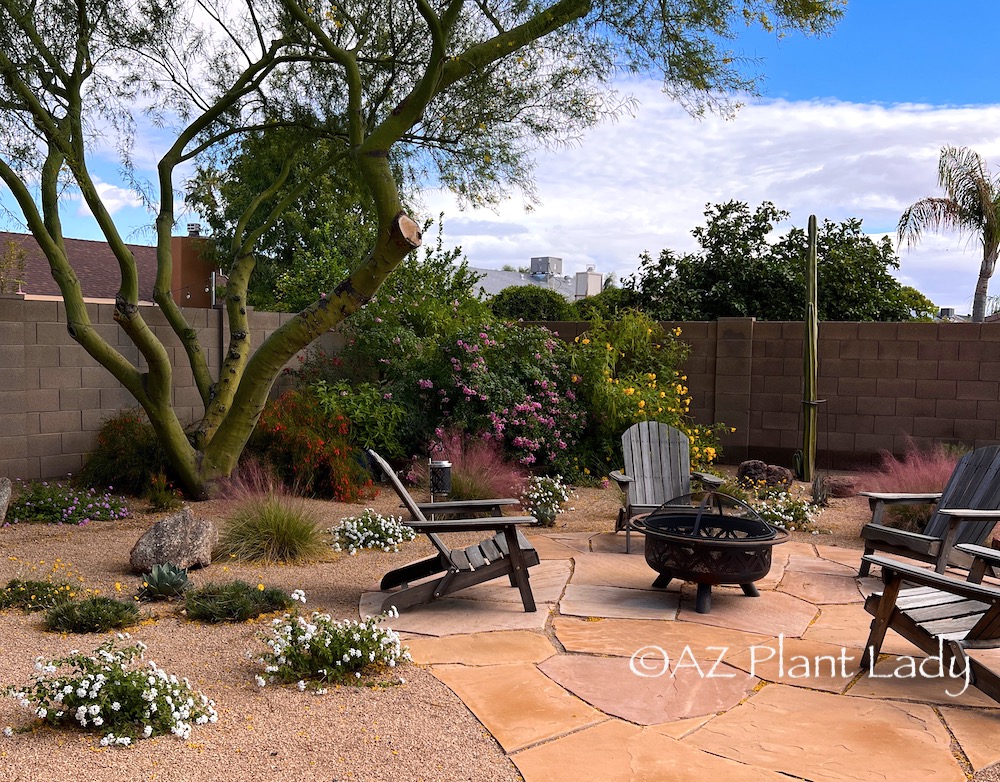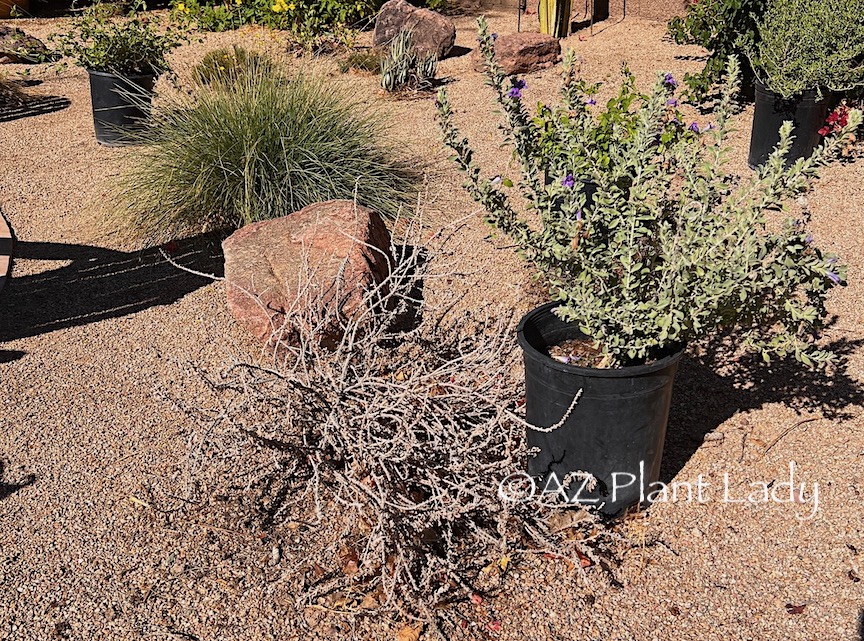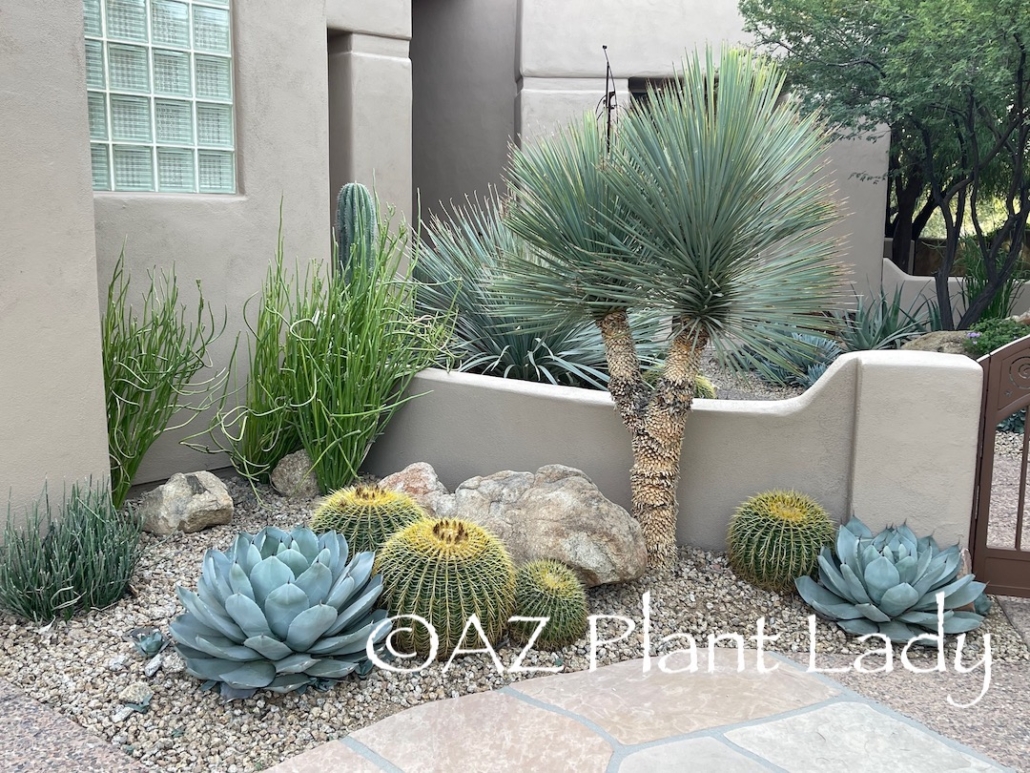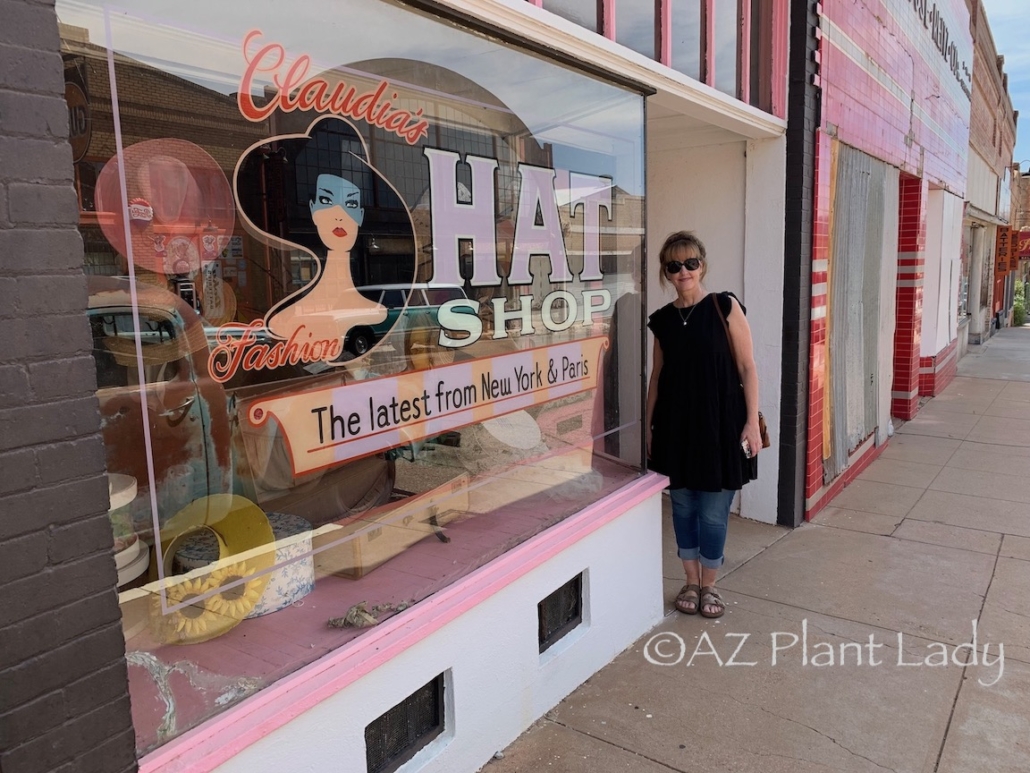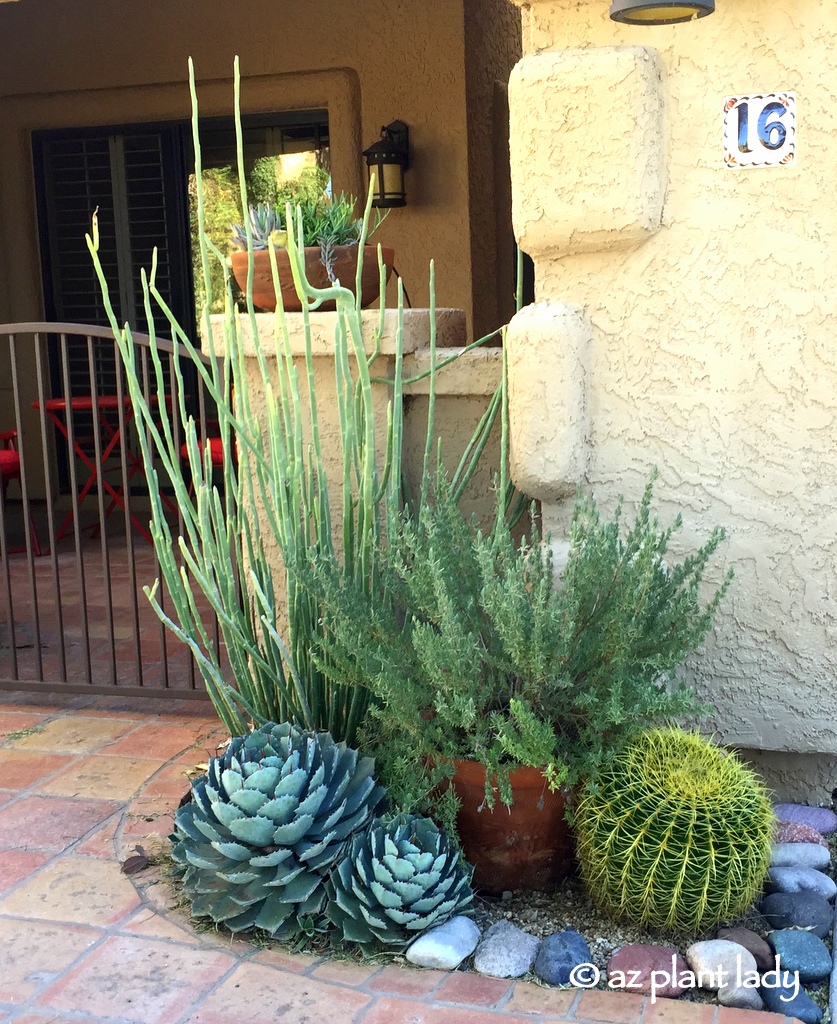
Budget Gardening
For those of us who love succulents, there is a price to pay. These water-wise plants often cost a lot of money. If you have a bottomless wallet, that may not be a problem, but for those of us who live on a budget and want to include these lovely plants in our landscapes, it can be a problem.
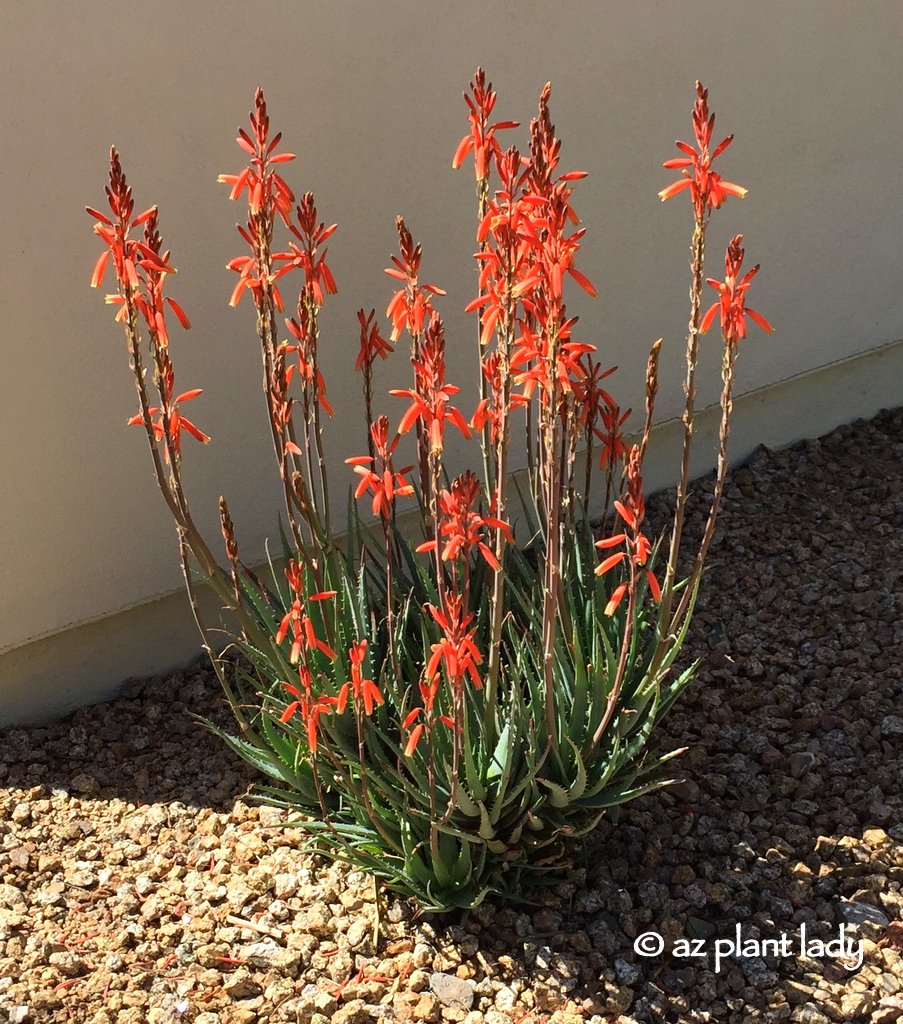
Thankfully, there is something that you can do in many cases to turn one succulent plant into several. I’ll show you how I did this when I bought a ‘Blue Elf’ aloe, which I had wanted for a long time.
‘Blue Elf’ aloe is a more compact aloe that is quite popular. Like most aloes, it does best in bright shade or filtered sunlight. Orange flowers appear in later winter and last into spring, adding a welcome splash of color to winter gardens.
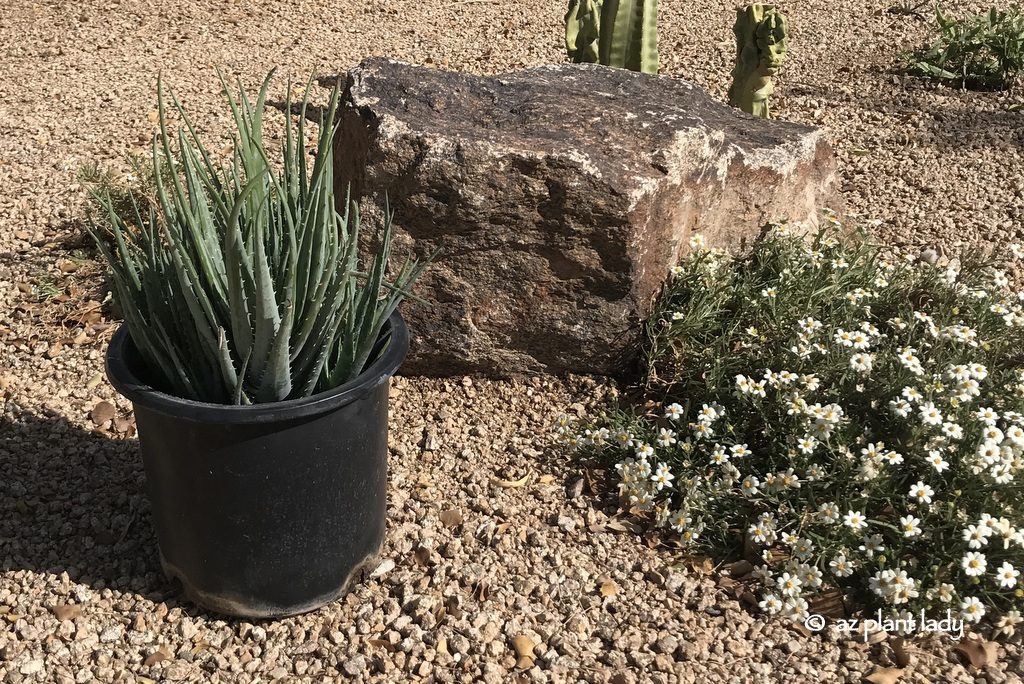
I visited the Desert Botanical Garden’s fall plant sale the other day and had a list of plants I wanted in my garden. One of my must haves was three ‘Blue Elf’ aloe plants. The holes were already dug, and all I needed were my little aloes.
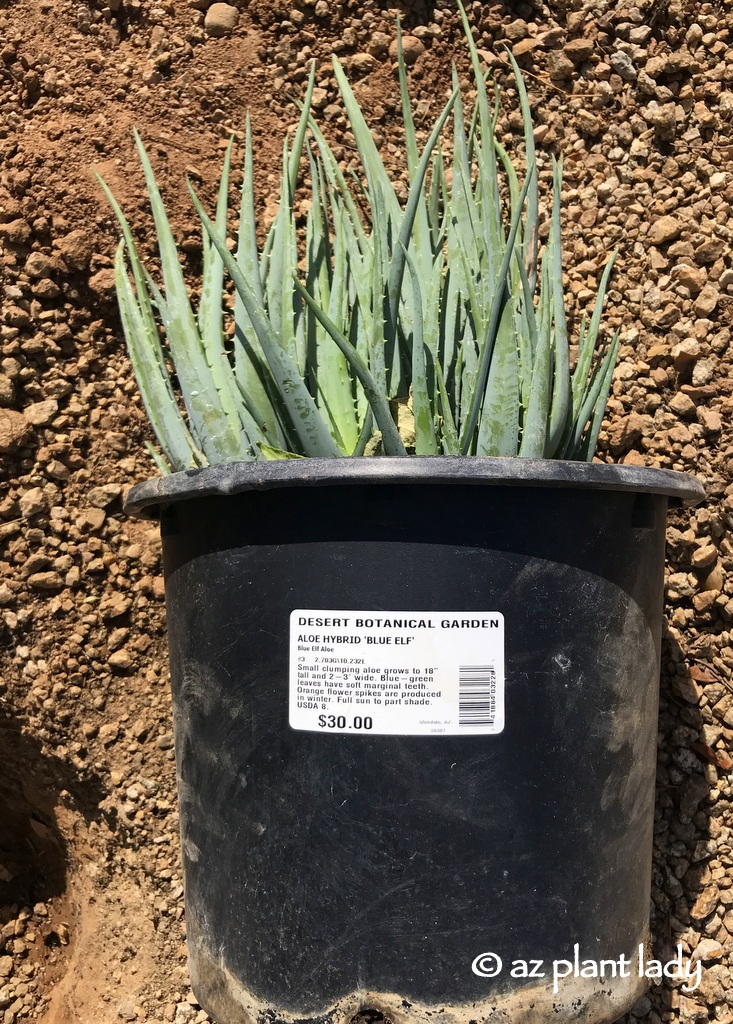
Budget Gardening
The problem was that initially, I could only find 3-gallon specimens for $30 and not the smaller 1-gallon I was hoping to find. Later, I did see them in the 1-gallon size for $20 apiece. Ouch! So, what was I to do? I certainly didn’t want to spend $60 for three 1-gallon plants.
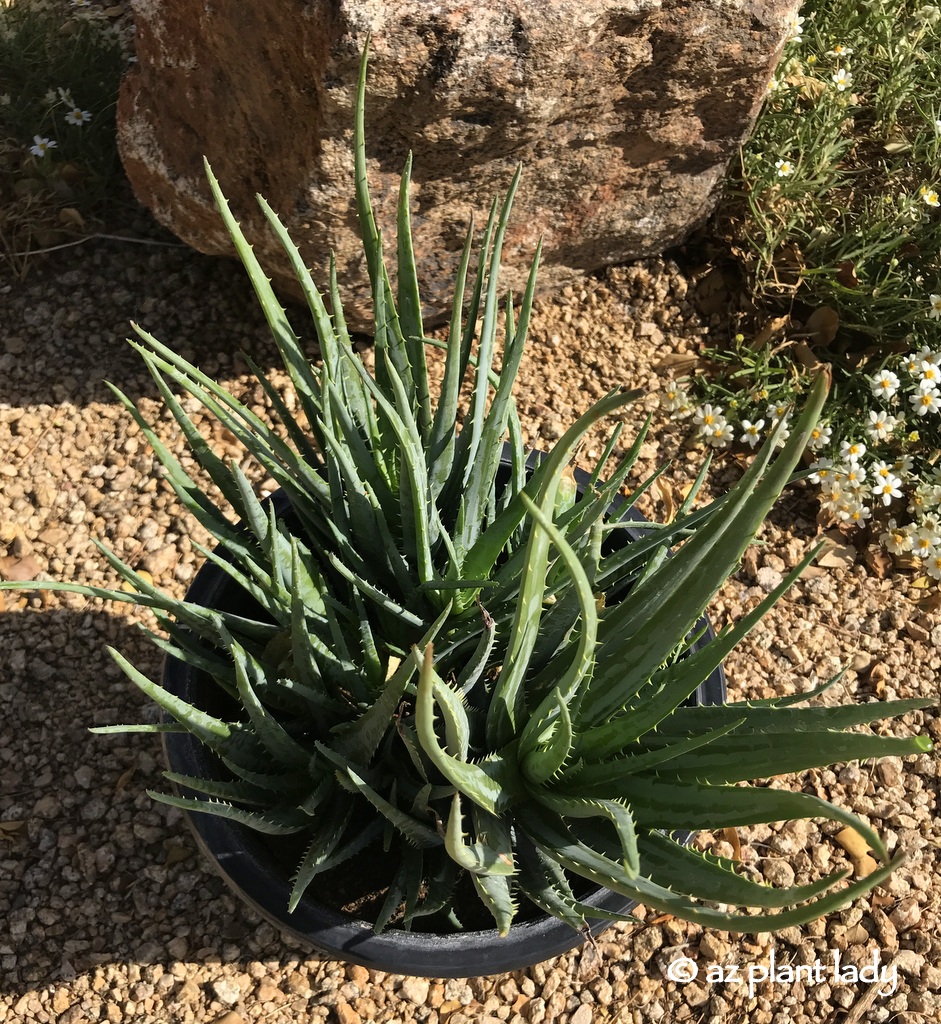
I went back to look at those in the 3-gallon containers and noted that there were at least three good-sized clumps of aloe, which was all I needed. So I bought it and took it home.
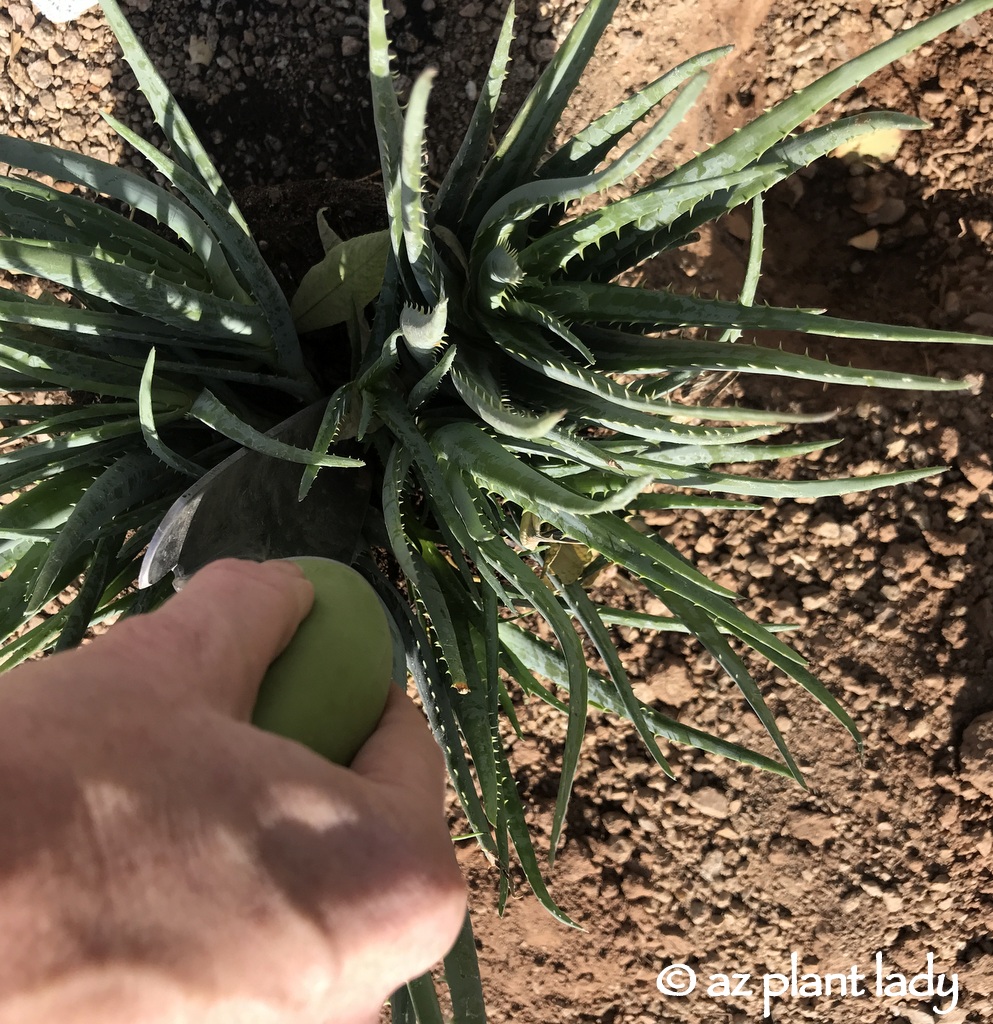
Using a sharp hand shovel, I cut through the root ball, isolating each clump.
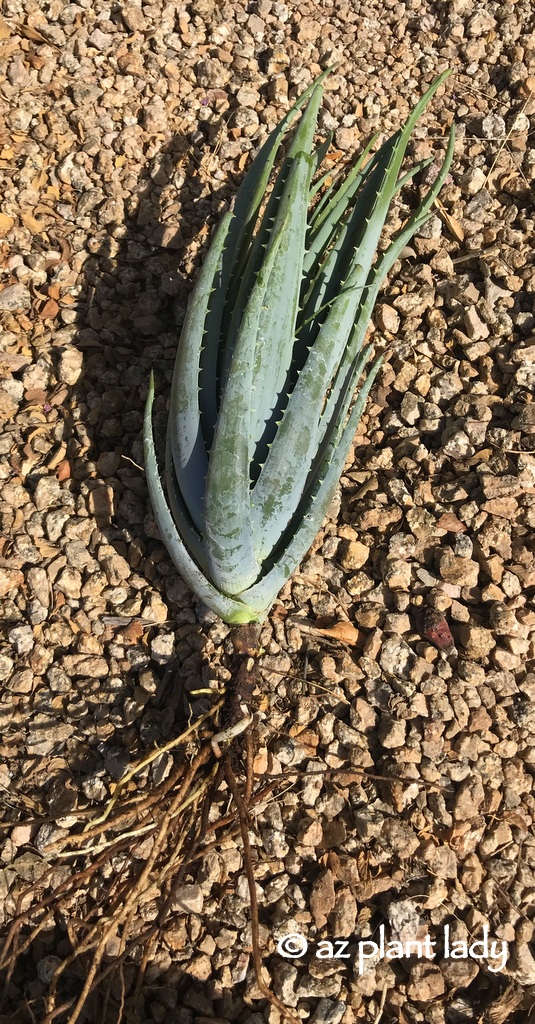
Out came several nice-sized aloes, ready to be planted.
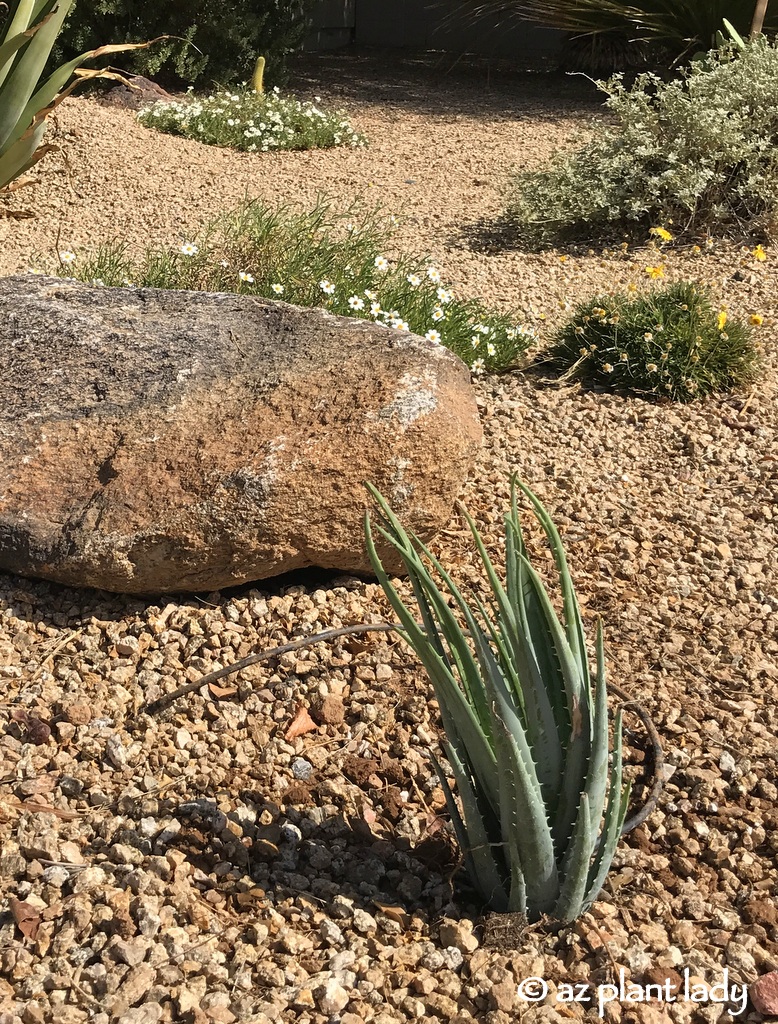
I planted them in my pre-dug holes, where they will root nicely with some supplemental water.
It turns out that there weren’t just three but five clumps of ‘Blue Elf’ aloe, so I found two more areas to plant them.
So, instead of paying $60 for three 1-gallons, I got 5 ‘Blue Elf’ aloe for $6 each, which, for succulents, is a great deal!
Another type of succulent where you can sometimes find ‘extra’ plants in a nursery container is agave.
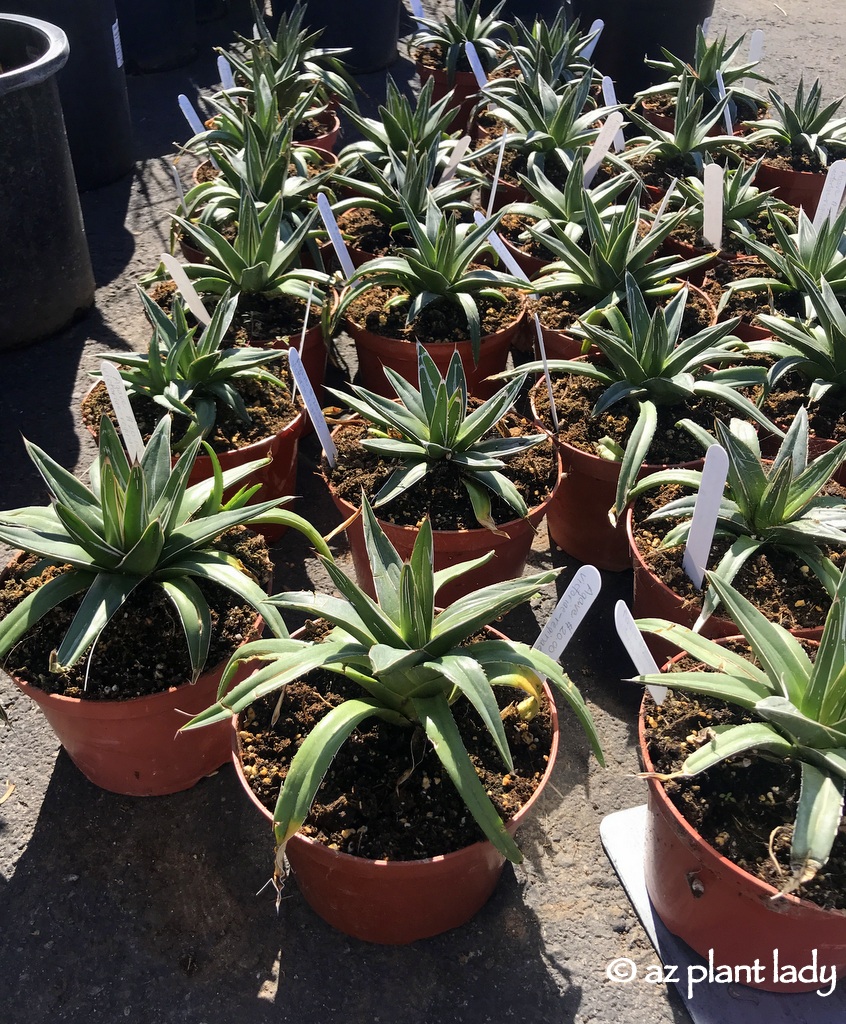
At the same plant sale, many different species of agave were on display, ready to be purchased. While not all types of agave make ‘babies’ (pups), a lot of them do. Can you spot the two agave containers in the photo above where there is more than one agave growing?
The next time you are shopping for aloe or agave for your garden, take a close look at them in their nursery containers – you may find two or more plants for the price of one. How cool is that?
Succulents, More Than Just Drought Tolerant

